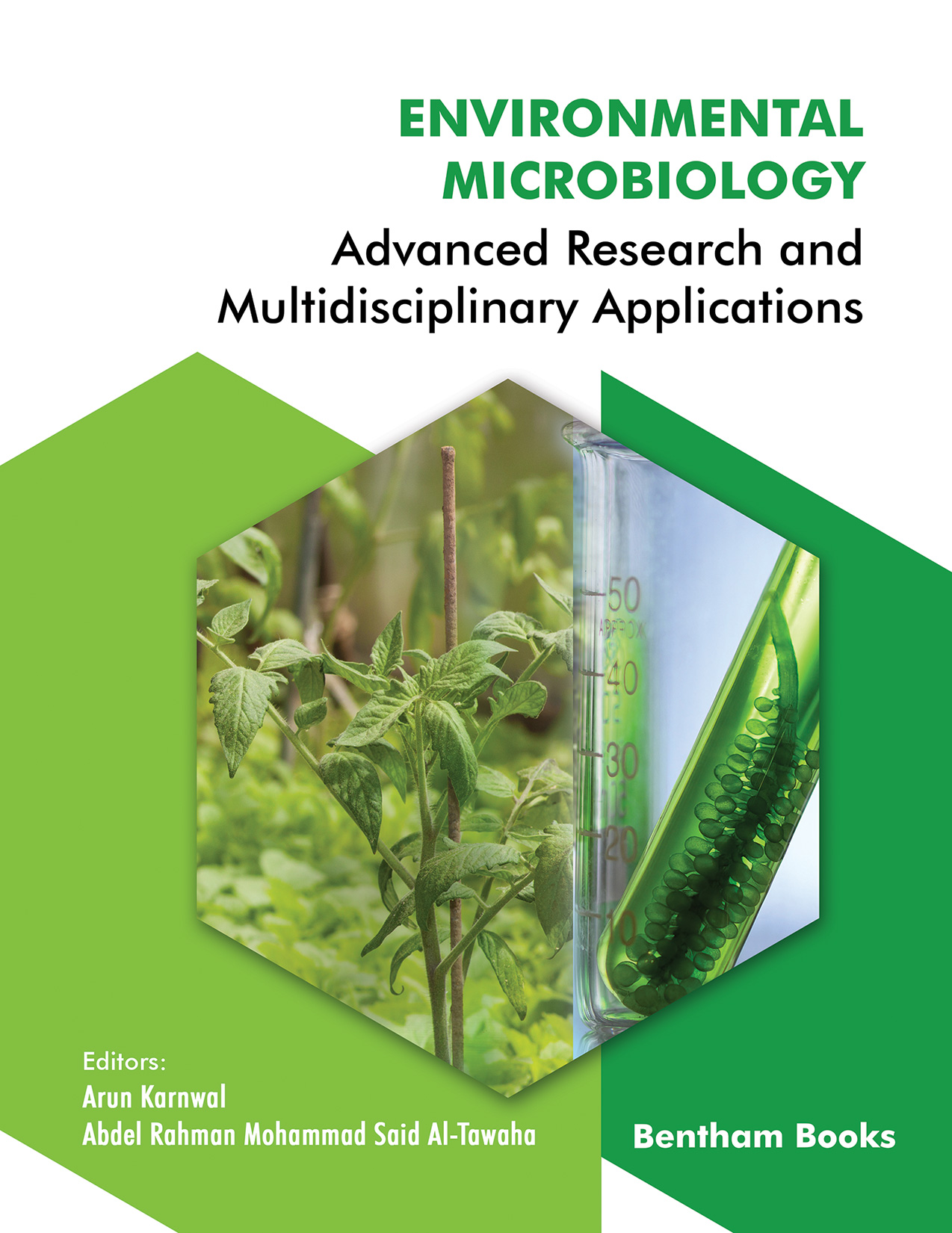Introduction
Environmental Microbiology: Advanced Research and Multidisciplinary Applications focus on the current research on microorganisms in the environment. Contributions in the volume cover several aspects of applied microbial research, basic research on microbial ecology and molecular genetics.
The reader will find a collection of topics with theoretical and practical value, allowing them to connect environmental microbiology to a variety of subjects in life sciences, ecology, and environmental science topics. Advanced topics including biogeochemical cycling, microbial biosensors, bioremediation, application of microbial biofilms in bioremediation, application of microbial surfactants, microbes for mining and metallurgical operations, valorization of waste, and biodegradation of aromatic waste, microbial communication, nutrient cycling and biotransformation are also covered.
The content is designed for advanced undergraduate students, graduate students, and environmental professionals, with a comprehensive and up-to-date discussion of environmental microbiology as a discipline that has greatly expanded in scope and interest over the past several decades.

